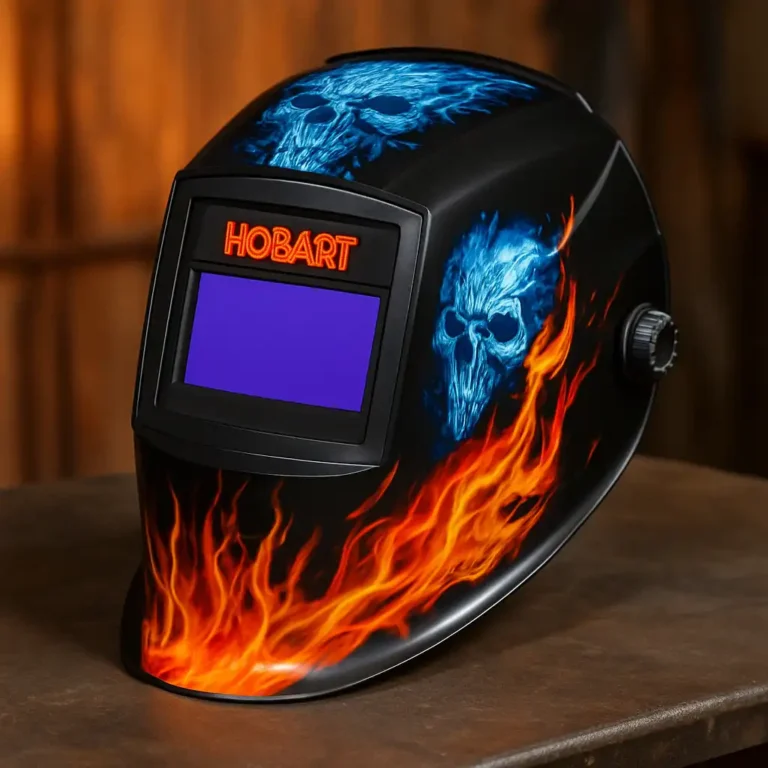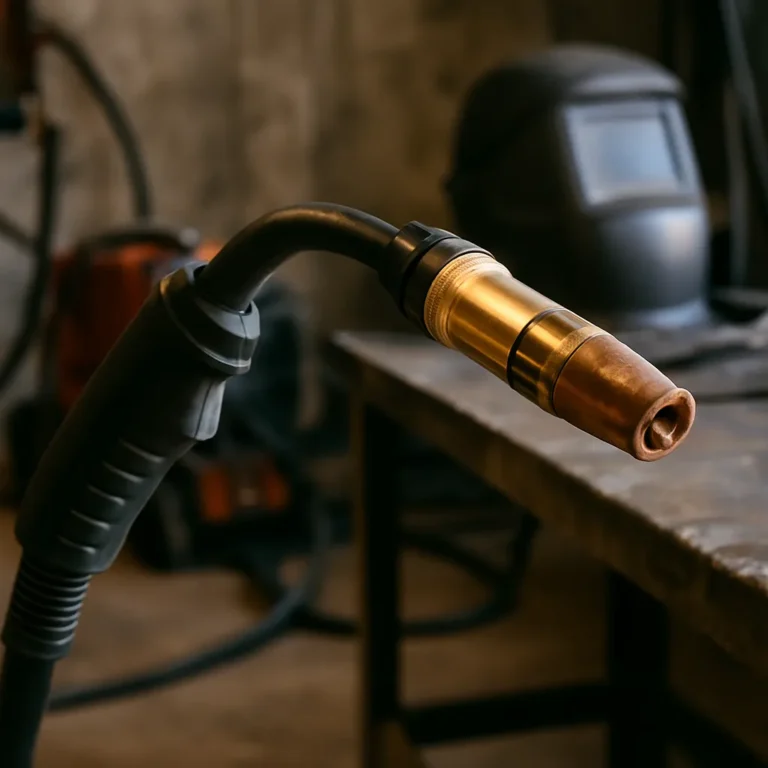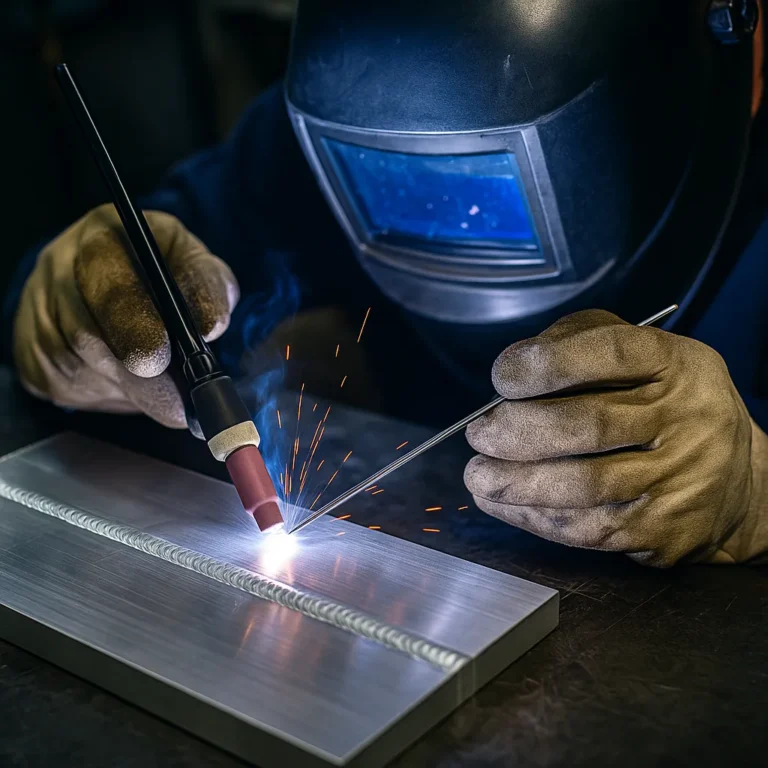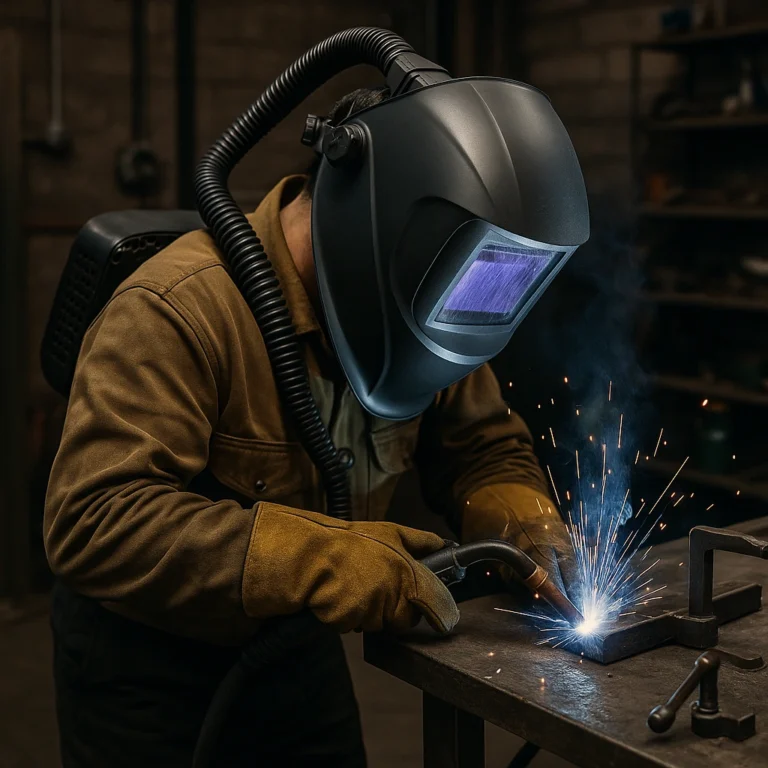Best Plasma Cutter for the Money – Affordable Picks That Perform

Disclosure: This post contains affiliate links. As an Amazon Associate, I earn from qualifying purchases—at no extra cost to you.
Last Updated: August 11, 2025
A good plasma cutter can completely change your workflow—making cleaner cuts, speeding up jobs, and saving hours of grinding. Whether you’re fabricating a trailer frame, repairing farm equipment, or building custom gates, you need a machine that’s reliable, easy to carry, and priced right. If you’re new to plasma cutting, it’s worth checking whether these machines use gas or compressed air before picking your first one.
Check Price & Availability
View on Amazon – LOTOS LTP5000D Plasma Cutter (Pilot Arc, Dual Voltage)
View on Amazon – YESWELDER CUT-55DS PRO (Non-HF, Large LED Display)
View on Amazon – Reboot RBC6000D (60A Dual Voltage, Portable)
Performance & Real-World Use
The LOTOS LTP5000D handles a wide range of shop work. Its non-touch pilot arc cuts through rusty or painted metal without extra prep, which is a big time-saver. The YESWELDER CUT-55DS PRO offers a higher duty cycle and a big, bright display—great when you’re bouncing between different jobs in the same day. The Reboot RBC6000D packs more power at 60 amps, letting you work through thicker plate without slowing your pace.
Portability & Ease of Use
If you’re moving between the garage and a jobsite, the LOTOS is light enough to carry without much effort. The YESWELDER is just as portable but easier to fine-tune thanks to its oversized LED screen. The Reboot, while a bit more powerful, stays compact enough to throw in the truck with your other gear—so it’s not just a bench-only machine.
Durability & Build Quality
The LOTOS has a solid track record in small shops and home garages—simple, tough, and dependable. The YESWELDER feels sturdy, with reinforced housing and a torch that holds up well for regular use. The updated Reboot RBC6000D now has better cooling and a stronger case, so it’s ready for heavier workloads without wearing out early.
Value for Money & Best Fit
If you’re just getting into plasma cutting or doing occasional repairs, the LOTOS LTP5000D is a no-fuss, dependable pick. The YESWELDER CUT-55DS PRO makes sense for welders who want more control and use their cutter often. For thick material and more demanding projects, the Reboot RBC6000D delivers the extra power without the premium price tag.
LOTOS LTP5000D Plasma Cutter (Pilot Arc, Dual Voltage)
Best for small shop work and occasional field use, the LOTOS is quick to set up and cuts through less-than-perfect surfaces with ease. Dual voltage means you can run it in a home garage or plug it into 240V power on-site.
YESWELDER CUT-55DS PRO Plasma Cutter (Non-HF, Large LED Display)
A great fit for welders who want precision without fuss. The non-high-frequency start avoids interference with nearby electronics, and the oversized LED display makes adjustments easy—gloves on or off.
Reboot RBC6000D Plasma Cutter (60A Dual Voltage, Portable)
Built for tougher jobs, this 60-amp cutter breezes through thicker plate while still being light enough to carry. It’s a solid choice for anyone who wants high power in a portable setup.
Conclusion
If you’re after a reliable starter cutter, the LOTOS LTP5000D is a strong pick. The YESWELDER CUT-55DS PRO offers more control for regular shop work, while the Reboot RBC6000D is ideal if you need maximum cutting power without spending big.






